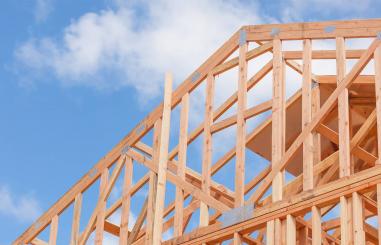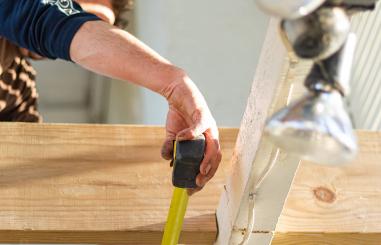In Australia, where temperatures can soar in summer and plummet in winter, insulation is a game-changer for maintaining a comfortable home while keeping energy costs down. Whether you're building a new house or retrofitting an existing one, investing in quality insulation can significantly improve energy efficiency and overall liveability.
Insulation is a barrier to heat flow, keeping warm air inside during winter and blocking external heat in summer. Without proper insulation, your heating and cooling systems must work harder to maintain a comfortable temperature, leading to higher energy bills and unnecessary strain on appliances.
By reducing heat transfer, insulation helps stabilise indoor temperatures, making your home more comfortable year-round. It also lessens the need for excessive air conditioning or heating, lowering greenhouse gas emissions and contributing to a more sustainable environment.
There are several types of insulation available, each serving different purposes depending on your home's design and climate zone:
Bulk insulation, such as batts, rolls, and boards, works by trapping pockets of air within its structure. Common materials include fibreglass, polyester, and wool. This type of insulation is effective in both hot and cold climates.
Made from foil-based materials, reflective insulation is designed to deflect radiant heat. It’s particularly beneficial in warmer regions, where it helps reduce the heat entering a home through the roof and walls.
Spray foam expands on application, filling gaps and creating an airtight seal. It’s great for insulating hard-to-reach areas and also helps reduce noise transfer between rooms.
These are ideal for insulating under floors, walls, and ceilings. They provide excellent thermal resistance and are commonly used in energy-efficient building designs.
To maximise energy efficiency, insulation should be installed in the following areas:
Roof and Ceiling: As heat rises, a poorly insulated roof can be a major source of energy loss.
Walls: Insulating walls helps maintain internal temperatures and reduces outside noise.
Floors: Insulating under timber or suspended floors prevents heat loss in winter and helps keep cool air inside during summer.
Windows and Doors: While not traditional insulation, double-glazed windows and weather stripping play a crucial role in reducing heat transfer.
Investing in insulation offers long-term advantages beyond energy savings:
Reduced Energy Bills: A well-insulated home requires less heating and cooling, leading to lower electricity and gas costs.
Increased Comfort: A consistent indoor temperature means fewer extreme fluctuations in weather conditions.
Environmental Benefits: Less energy consumption results in a reduced carbon footprint, supporting Australia’s efforts toward sustainability.
Higher Property Value: Homes with high energy efficiency ratings are more attractive to buyers and renters.
Insulation is one of the smartest investments you can make for your home. Whether you’re renovating or building, ensuring your property is properly insulated will lead to long-term comfort, savings, and environmental benefits. If you’re unsure about the best insulation for your home, consult a professional to find the right solution for your climate and budget.
By taking the time to insulate properly, you’ll create a home that stays cool in summer, warm in winter, and energy-efficient all year round.


Prime Costs (PC) and Provisional Sums (PS) are essential terms in construction quotes. Prime Costs cover allowances for materials like fixtures or appliances that haven't been selected yet, offering flexibility but potentially leading to additional costs if more expensive options are chosen. Provisional Sums are estimates for work not fully defined when quoting, like excavation or retaining walls, and may change due to unforeseen circumstances. Understanding the distinction helps homeowners manage budgets and avoid surprises during the building process.
Read more
A pre-handover inspection is crucial when taking possession of a new home to ensure any issues or defects are addressed before the final settlement. Key areas to check include the structural integrity (e.g., walls, floors), fittings and fixtures (e.g., taps, doors, windows), kitchen appliances, bathroom tiles and plumbing, electrical systems, and finishes like paintwork and flooring. By thoroughly inspecting these aspects, homeowners can prevent costly repairs later and ensure a smooth transition into their new home.
Read more
In recent years, a new trend has emerged in the world of residential homes known as the Australian Hamptons style. This unique architectural and interior design style combines elements of traditional Hamptons style with a distinctive Australian twist, resulting in homes that are both elegant and relaxed. Often referred to as Aussie Hamptons, these homes have gained popularity for their timeless appeal and seamless integration with the beachy Australian lifestyle.
Read more